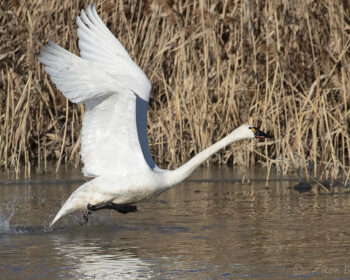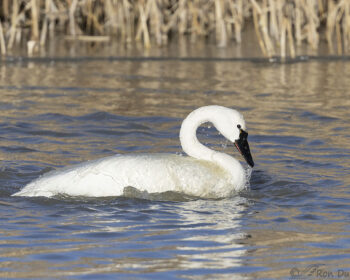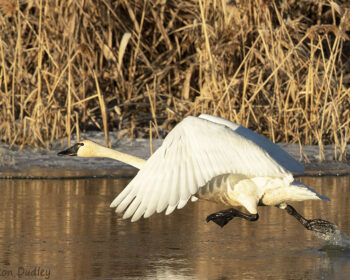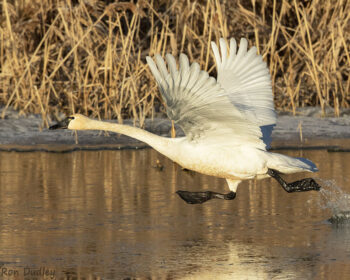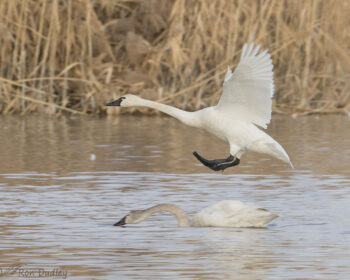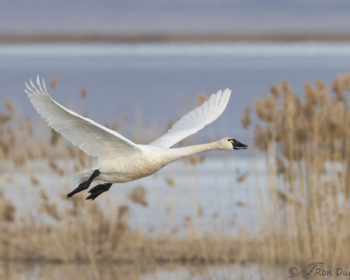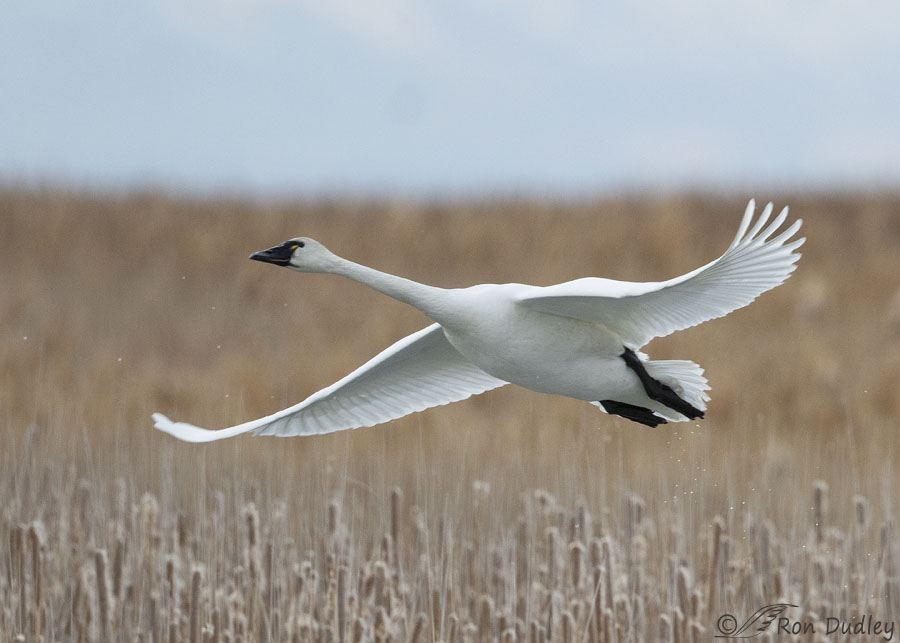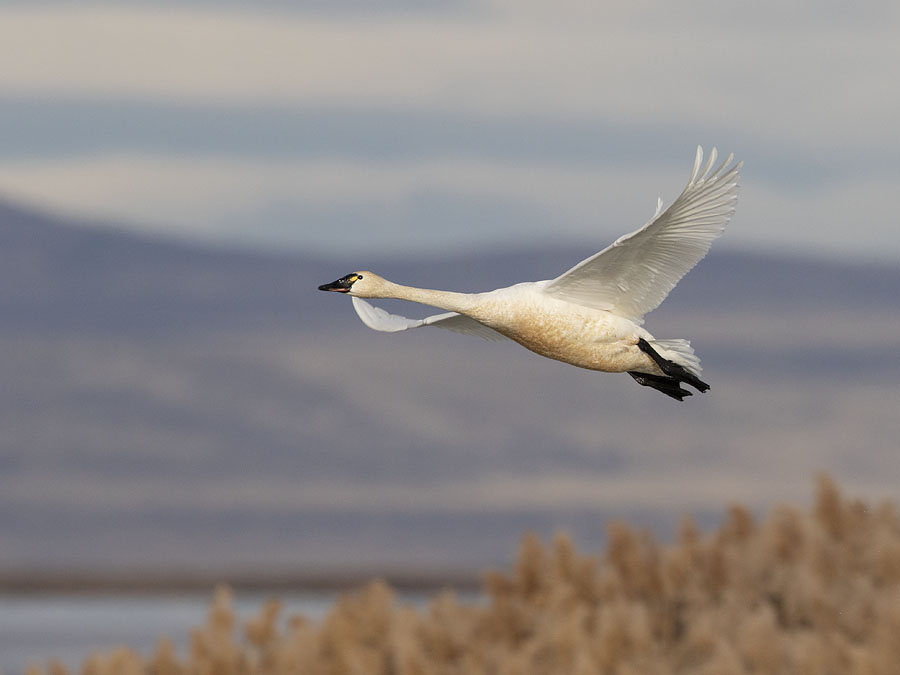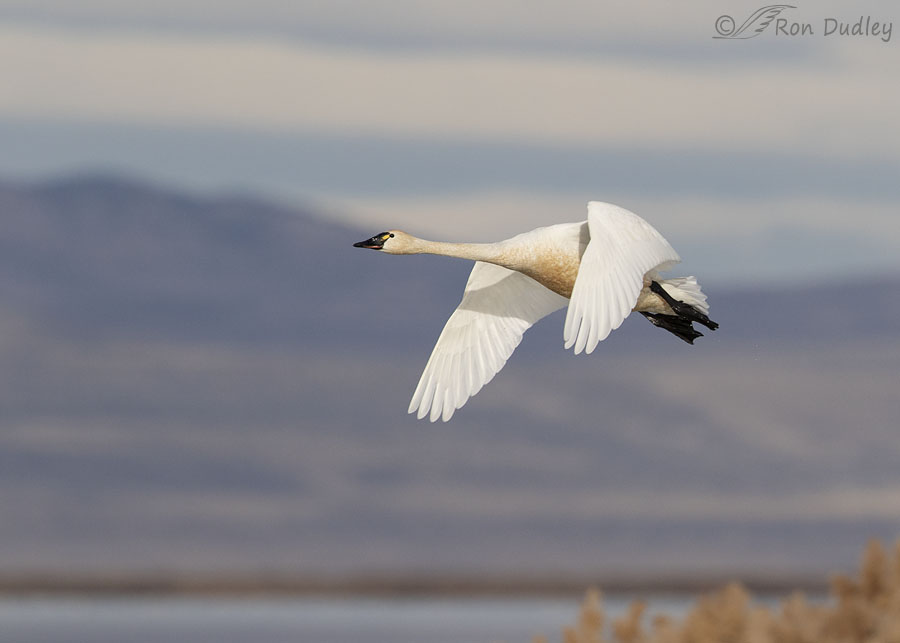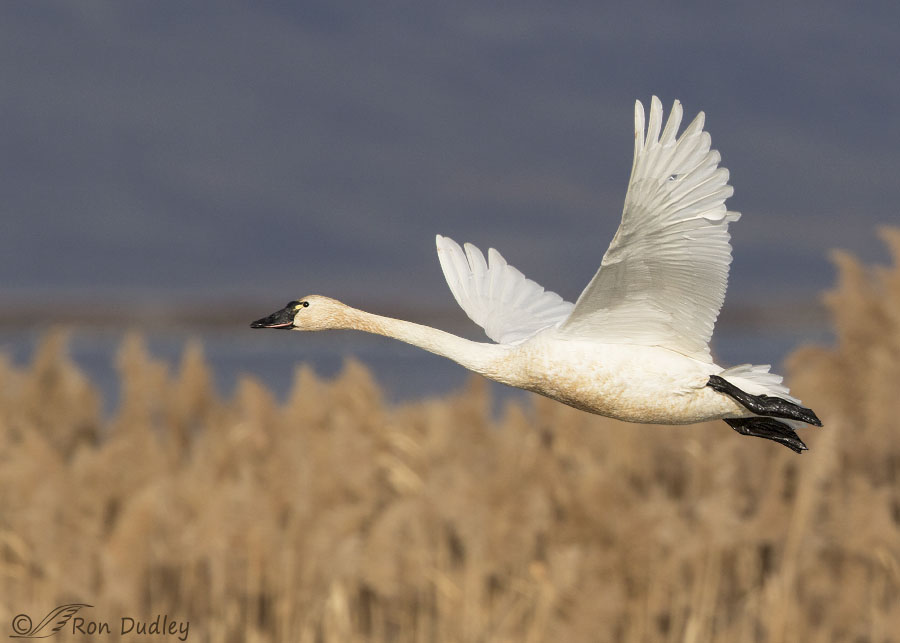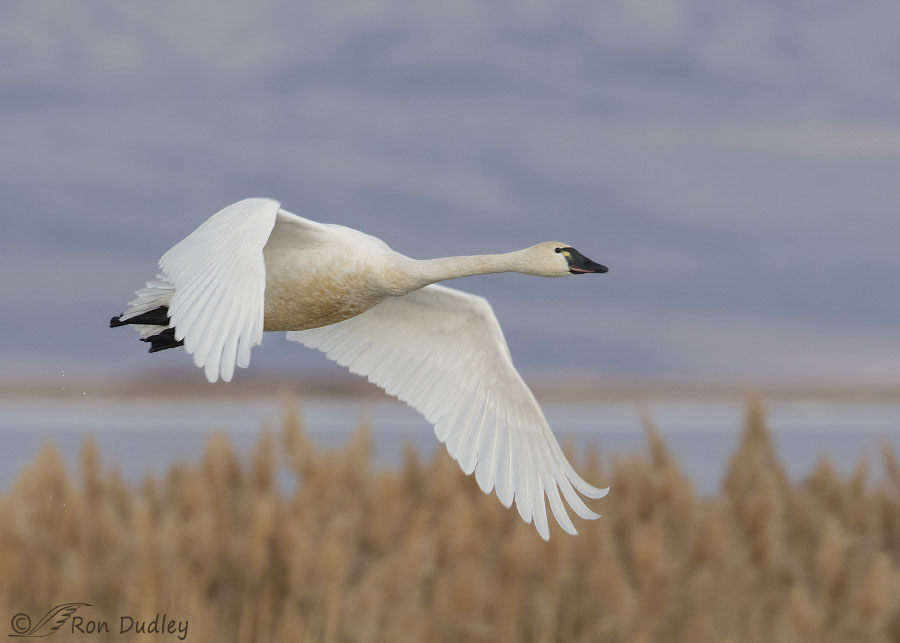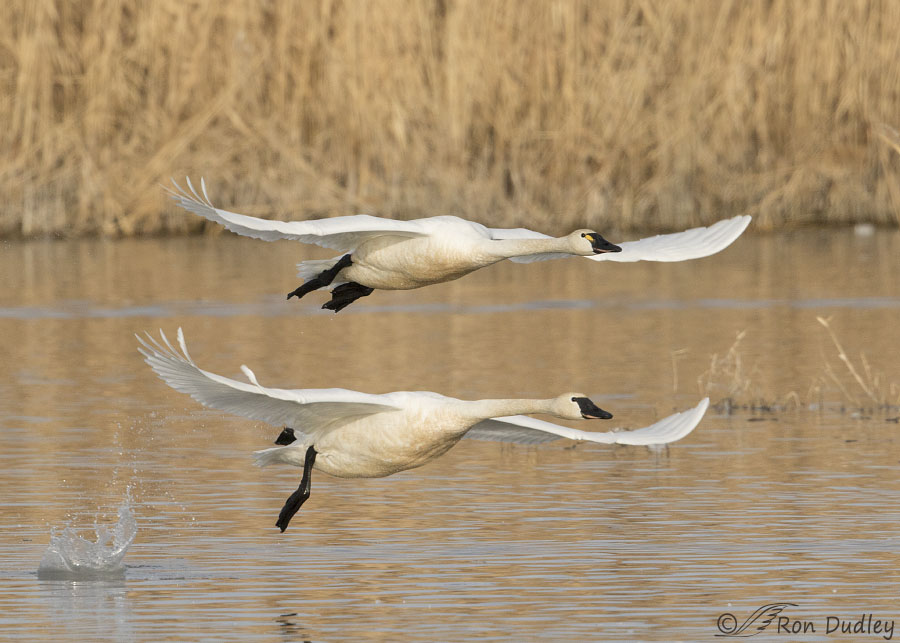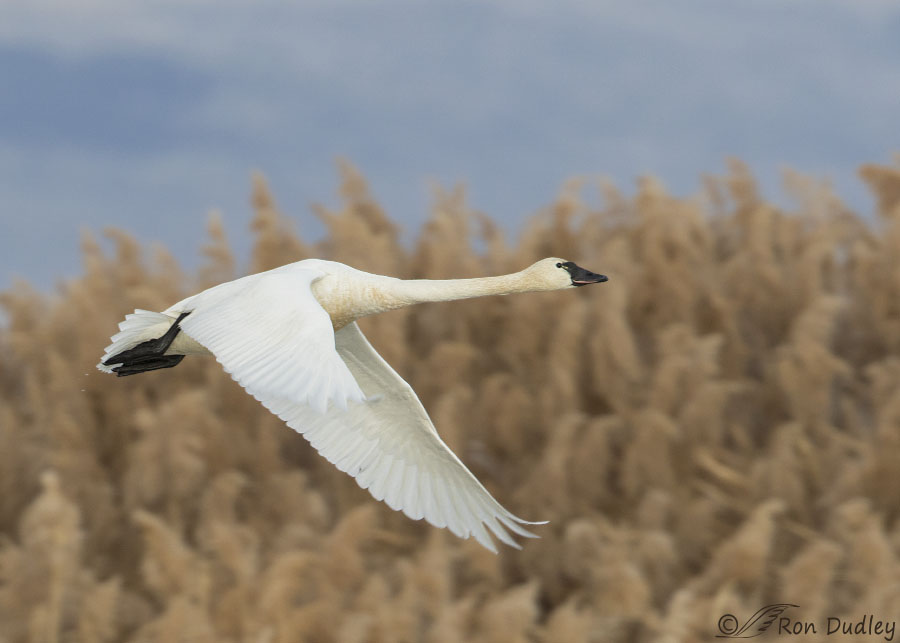Tag: cygnus columbianus
Bathing Tundra Swan
Tundra Swan Running From Ice To Water During Takeoff – A Series
Tundra Swan Up Close And In A Big Hurry
Incoming Tundra Swan – Duck!
Bear River Tundra Swan Soon After Takeoff
Yesterday’s Tundra Swans And The Frustrations Of Bird Photography
Tundra Swan In Flight Against A Multilayered Background
Tundra Swan In Flight Against The Promontory Mountains
Tundra Swan In Flight Against A Background I Really Like
Tundra Swan In Flight
Two Tundra Swans Taking Off And In Flight
A “Swananza” At Bear River MBA Yesterday
Trumpeter Swan Pair With Six Cygnets
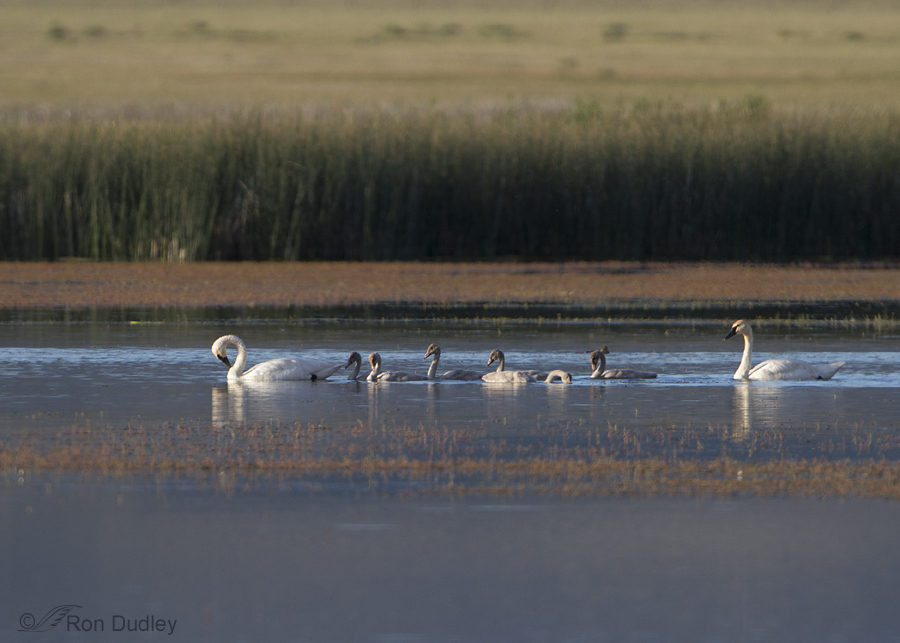
Trumpeter Swans are the largest of all North American waterfowl, weighing up to 30 pounds and having a wingspan of as much as 8 feet. It’s hard to imagine that by the 1930’s this species had been almost wiped out. In 1949 the Director of the U.S. Fish and Wildlife Service said that the Trumpeter Swan was “the fourth rarest bird now remaining in America”. But thankfully recent intense swan restoration and management programs have brought the species back from the brink of extinction.


